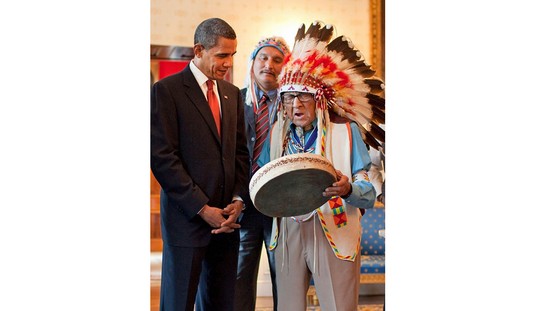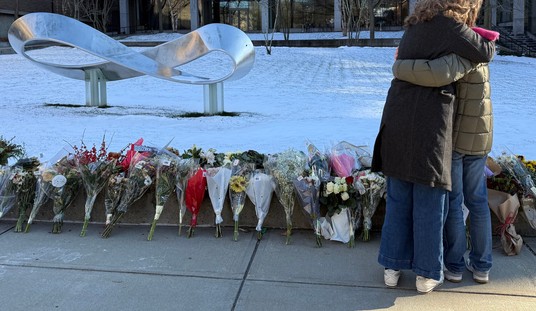It never fails to amaze me how often dictionary publishers alter their definitions of certain words and the Associated Press Stylebook updates their guidance on the use of certain terminology whenever Democrats are on the ropes, have made themselves look foolish, and/or need an assist.
For instance, we saw it back in September 2020 in the aftermath of the George Floyd riots, where the Associated Press urged media outlets to refrain from using the word “riot” to describe the Antifa/BLM-led rioting that was taking place in Democrat-run cities. The AP explained their rationale by proclaiming without evidence that “riots” had “been used in the past to stigmatize broad swaths of people.” They posted similar guidance that same year on the use of “looting” to describe looters.
A month later, Merriam-Webster conveniently altered the definition of the word “preference” on the same day Democratic Sen. Mazie Hirono took issue with then-Supreme Court nominee Amy Coney Barrett’s use of the term “sexual preference” when talking about gay rights cases.
Two months after that, Dictionary.com altered their definition of “court-packing” to fall more in line with the Democrat talking points of the time after Republicans repeatedly condemned their calls to pack the Supreme Court. When Dictionary.com was confronted about it, their response was quite illuminating.
“Language evolves. So do we.”
As far as “language evolving” goes, the Associated Press recently added their own language revision into the mix. Just a little over three months after urging reporters to incorporate the use of terms like “pregnant people” into their reporting on transgender “men” who have gotten pregnant, the AP has provided an update to that update, suggesting that media outlets use “pregnant women” or “women seeking abortions,” and to “not use overly clinical language like ‘people with uteruses’ or ‘birthing people'”:
We now have guidance saying that "pregnant women" or "women seeking abortions" is acceptable phrasing.
Phrases like "pregnant people" or "people seeking abortions" are acceptable when you want to be inclusive of people who have those experiences but do not identify as women. pic.twitter.com/ljaabPxWak— APStylebook (@APStylebook) August 17, 2022
Well, isn’t it mighty convenient that they’re re-embracing the word “women” two months after the Supreme Court voted to overturn Roe v. Wade?
Make no mistake – that’s exactly what this is about, pretending to formally recognize and “respect” women again just in time for the fall elections, which is precisely why staunchly pro-abortion Democrats from California Gov. Gavin Newsom to House Speaker Nancy Pelosi and Sen. Majority Leader Chuck Schumer all dropped (for the time being) their absurd and unscientific talking points about how men can get pregnant in the immediate aftermath of the SCOTUS ruling.
One has to wonder, however, if the new AP/Dem line on women will change after the midterm elections, seeing that the people they have tried to bend over backwards to appease on this issue with their inclusion of “pregnant people” and “people seeking abortions” clearly don’t appreciate it:
In a recent study on access, 3 percent of Hoosiers seeking abortion care were not women.
It is inaccurate to say otherwise, @APStylebook. https://t.co/J2Ucqqzxyy
— Lauren Chapman🏳️🌈 (@laurenechapman_) August 17, 2022
When your language guidance ignores that girls, trans men, and non-binary people also get pregnant, your guidance is wrong, wrong, and wrong.
There's a chance this guidance is just poorly phrased, but people expect clarity from you, @APStylebook.
Either way, try, try again. https://t.co/Fnjf44qABI
— Lauren Girardin (@girardinl) August 17, 2022
As always, stay tuned…
Flashback: WaPo Tries (and Fails) to Memory Hole Stylebook Update on ‘Pregnant Individuals’















Join the conversation as a VIP Member